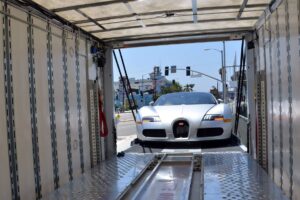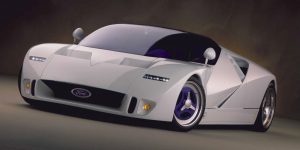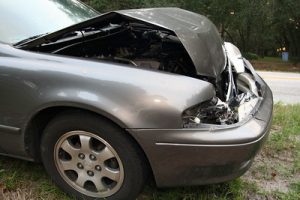Long before there was Nikola or Tesla, and long after the facilitator of electricity, Nikola Tesla died, there was an electric vehicle nobody wanted to use. The EV in question would boast unnecessary color schemes, terrible handling and overall poor performance, making it a failed experiment of sorts. Of course, I’m talking about ZAP! Motor Company’s Xebra. Perhaps the most likely reason why electric cars were taking a while to pick up in interest. Yet, admittedly, if it wasn’t for the follies of the Xebra, we wouldn’t have so many electric successors meeting so much success. Kind of like a bunch of zebras blending together, it’s hard to tell the modern electric vehicles apart, much like a zebra herd. But Xebra was different. Xebra was trying. And, damn it all if we didn’t try too.
Humble Beginnings For The Young Zebra Imitators,
ZAP started out making small battery systems for electric bikes and scooters. Eventually, they would shift their gears towards automobiles. Still, they kept it commercial, as consumers weren’t in their sights, just yet.
Then, 2006 changed everything.
The Xebra is exuberant with equal parts ante and antagonism. What was promised to be the wave of the future only turned out to be the fall of the past.
Xebra Had No Chutzpah!
ZAP made batteries. Sure. But that doesn’t mean they were good batteries. Six of them were packed in, anticipating to give off about 100 amps of power. Sadly, the results were 5 horsepower and a lousy top speed of forty miles per hour.
Cheap To Build. Expensive To Rebuild.
As if it wasn’t enough that it could barely fit four folks, the body of the car was pretty annoying to recreate. Sharp edges and basic construction made it actually more dangerous than dazzling. This would also endanger folks as the Xebra would leak in wetter conditions.
Overall: Overly Zesty. But Couldn’t Pass The Tests Of Time
Last we heard, ZAP slammed DaimlerChrysler with a lawsuit on copying their product with the Smart Car. Not only was the case dismissed, currently any of the latest 2008 ZAP Xebras were ordered to be permanently dismantled by the National Highway Traffic Safety Administration.



